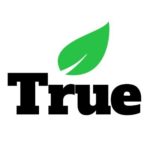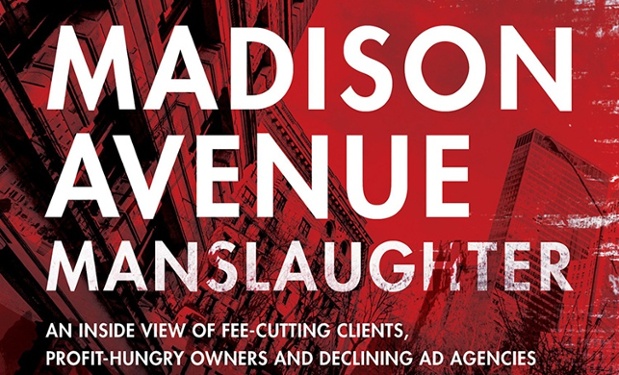Blockchain is the new black. We’ve heard the term in conference calls, seen it on the cover of magazines and know it’s a hot topic on CNBC but the barrage of information makes it difficult to distinguish hype from reality. It’s clear that Blockchain will revolutionize the world but understanding how is mission critical. In this blog post we’ll cover the Blockchain essentials and the most frequently asked questions we’ve come across.
At The Art of Service we’ve developed a Blockchain self-assessment tool that professionals use to test the depth of their knowledge on the Blockchain concept and its potential. The Blockchain self-assessment covers numerous criteria related to a successful project – a quick primer version is available for you to download at the end of the article.
BLOCKCHAIN FREQUENTLY ASKED QUESTIONS:
What Is the Blockchain?
The problem with nearly all Blockchain explanations is that they supply too much detail upfront and use lingo that winds up leaving folks more confused than when they started. We are in the nascent stages of this technological revolution and it’s hard to predict how Blockchain will impact our institutions and our lives. Brand new Blockchain-related technologies are being built every day and the framework is evolving.
Here are some key definitions and ideas to help you understand the fundamental pillars behind this insurgent technology:
1. Blockchain is a technology that essentially disperses an account ledger. For those of you in the monetary management world, you know an account ledger as the trusted source of transactions or facts. The same is true with Blockchain but in lieu of existing in a great buckskin bound book or in a financial management program, Blockchains are run by a dispersed set of information handling resources working together to maintain that account ledger.
2. The Blockchain procedure of securely and permanently time-stamping and recording all transactions makes it very hard for a user to change the account book once a block in a Blockchain has been added.
3. Private Blockchains allow for distributing identical copies of an account book but only to a restricted amount of trusted contributors. This set of techniques, practices, procedures and rules is better suited for applications needing simplicity, speed, and greater clarity.
4. Users of the Distributed Account Ledger Technology (DLT) notably benefit from the efficiencies by generating a more robust ecosystem for real-time and secure data sharing.
5. Blockchain is only one of the various kinds of data constructions that provide secure and valid achievement of distributed agreement. The Bitcoin Blockchain, which uses Proof-of-Work mining, is the most common approach being used today. However, additional forms of DLT consensus exist such as Ethereum, Ripple, Hyperledger, MultiChain and Eris.
Blockchain: Who controls the risk?
Each party on a Blockchain has access to the entire database and its complete past. No single party controls the data or the information. Every party can substantiate the records of its transaction associates directly, without a mediator.
For public businesses, the conditions of Blockchain are very different. The identity of contributors must be known while permissioned Blockchains require no evidence of work. Over the next few years, Blockchain growing pains will hit the industry and support systems will begin to take shape. Today, Blockchain needs supporting infrastructure available for cloud or traditional database setups – there are no systems management tools, reporting tools or legacy configuration integrations in place.
Could Blockchain be the structural change the market needs?
Blockchain’s foundational technology is the biggest innovation computer science has seen in a long time. The thought of a dispersed database where trust is established through mass collaboration and clever code rather than a powerful institution is game-changing. Now it will be up to the larger business community to determine whether it will become the building block for the digitized economy or if it will be disregarded and perish. Now, building formidable and trustworthy Blockchain standards is the next step to turn this global opportunity into a reality.
Blockchain: What does the future hold?
There are many Blockchain and distributed account ledger setups emerging in the market including: BigchainDB, Billon, Chain, Corda, Credits, Elements, Monax, Fabric, Ethereum, HydraChain, Hyperledger, Multichain, Openchain, Quorum, Sawtooth, Stellar. The Block chain use cases span a number of industries including insurance, healthcare and finance but we are only scratching the surface of what’s possible.
Next, get started with the Blockchain Self-Assessment:
The Blockchain Self-Assessment Excel Dashboard provides a way to gauge performance against planned project activities and achieve optimal results. It does this by ensuring that Blockchain criteria are automatically prioritized and assigned; uncovering where progress can be made now; and what to plan for in the future.
To help professionals architect and implement best Blockchain practices for your organization, Gerard Blokdijk, author of The Art of Service’s Self Assessments provides a quick primer of the 49 Blockchain criteria for any business in any country.
Get the Blockchain Quick Exploratory Self-Assessment eBook here:
About the Author
Gerard Blokdijk is the CEO of The Art of Service. He has been providing information technology insights, talks, tools and products to organizations in a wide range of industries for over 25 years. Gerard is a widely recognized and respected information specialist. Gerard founded The Art of Service consulting business in 2000. Gerard has authored numerous published books to date.












